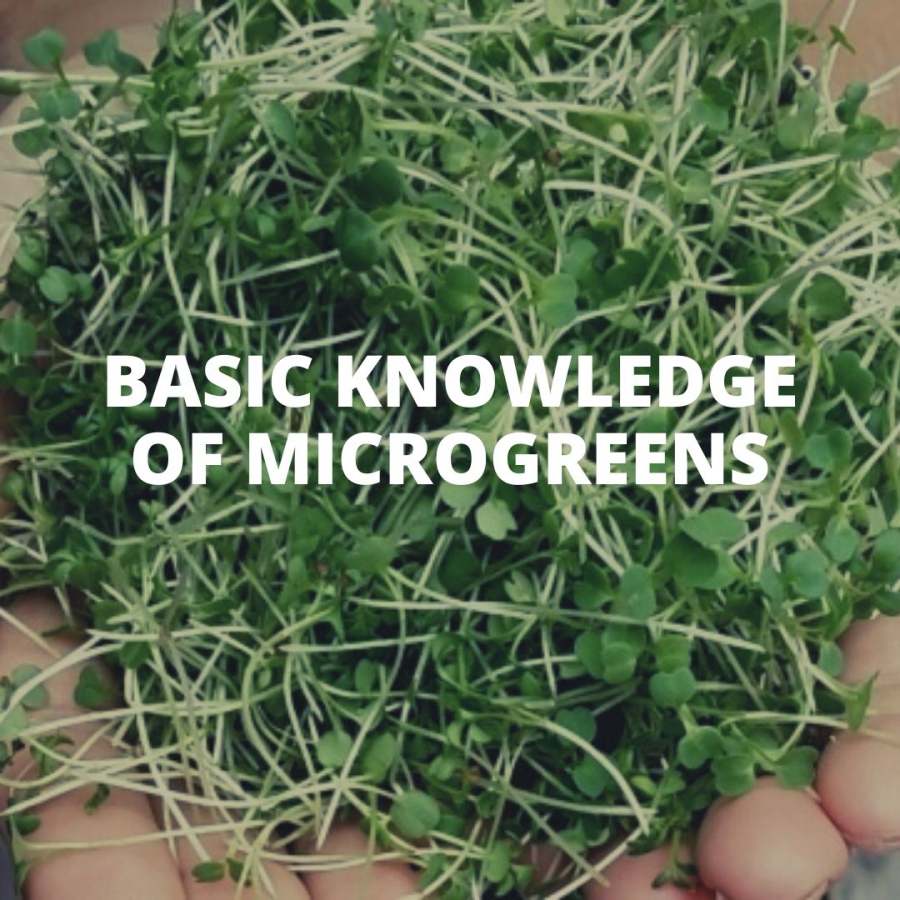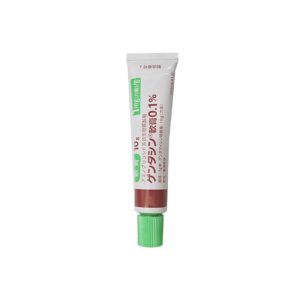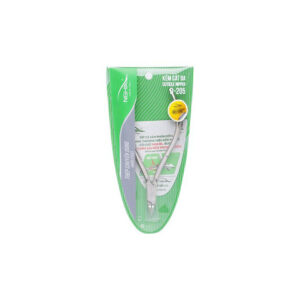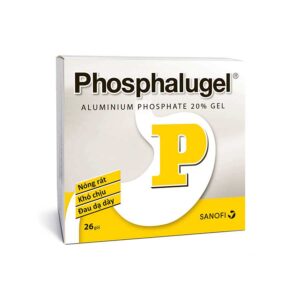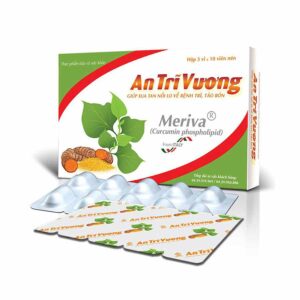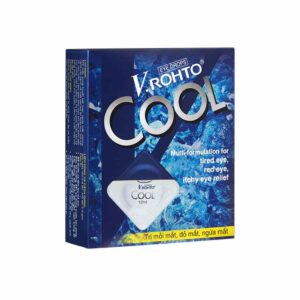You’ve probably heard about a new trend in healthy eating and haute cuisine: Microgreens.
Fancy restaurants are adding them to salads and serving them to the most exquisite dishes. Grocery stores aren’t far behind; you can see these little sprouts in the salad department for a pretty penny. But don’t let these tricks fool you: microgreens are much more than nifty little plate decorations that add to the cost of a salad.
There’s a real reason to add microgreens to your diet, and besides, it’s a lot easier than you think.
What are Microgreens and what are they?
First of all, what is a “Microgreens”?
We can say that it is the “seedling version” of the plant. It is not a separate species of plant (as some mistakenly think), but rather different species, harvested at the time when the first few true leaves appear. At this point, the plant is usually 2.5-7.5 centimeters tall.
It usually takes the plant about two to three weeks, depending on how quickly a certain type of seed germinates.
Dozens of different kinds of vegetables can be planted to become microgreens. That said, the variety of flavors can pleasantly surprise you: mild, spicy, tangy, nutty, crunchy.
Some of the most common varieties of microgreens:
- Cruciferous family: cauliflower, broccoli, cabbage, watercress, radish, arugula.
- Composite family: lettuce, endive, chicory, radicchio.
- Umbrella family: dill, carrot, fennel, celery.
- Amaryllis family: garlic, onions, leeks.
- Amaranth family: amaranth, quinoa, Swiss chard, beets, spinach.
- Pumpkin family: melons, cucumbers, zucchini.
Grains such as rice, oats, wheat, corn and barley, as well as legumes such as chickpeas, beans and lentils, are also sometimes grown as microgreens.
How Microgreens are Useful
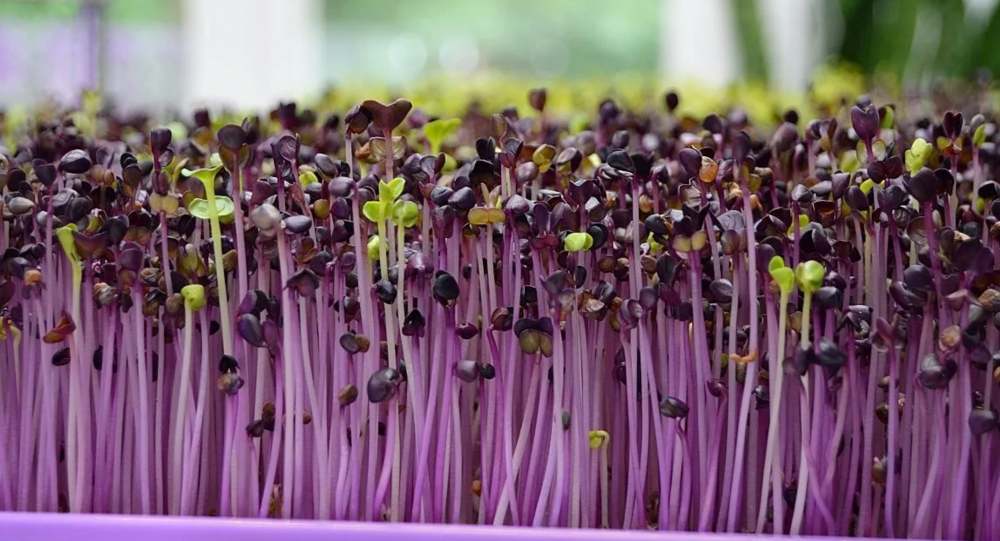
According to a study conducted by scientists from the University of Maryland and the U.S. Department of Agriculture, microgreens can contain 4-40 times more of a certain nutrient than a full plant.
The researchers found that in general, microgreens tend to have higher concentrations of vitamins and micronutrients (such as potassium, iron, zinc, magnesium, copper) and carotenoids than mature plants. Studies also show that microgreens contain a broader range of polyphenols and other antioxidants than their mature counterparts.
And because many of these plants are already in the superfood category, it’s hard to underestimate what, in the form of microgreens, is a real treasure trove of benefits for your health.
As we’ve already found out, microgreens are grown from so many types of plant seeds, so what exactly they contain varies from plant to plant. For example, red cabbage microgreens had the highest concentration of vitamin C: six times more than mature cabbage. It also had 40 times more vitamin E, the “beauty vitamin,” than larger plants. Red cabbage microgreens, red amaranth and green daikon had the highest concentrations of vitamins C, K and E. But cilantro microgreens were the winners in terms of carotenoid content of lutein and beta-carotene.
Thus, we can say that microgreens can reduce the risk of developing the following diseases:
Studies show microgreens can lower triglycerides and “bad” cholesterol.
Foods rich in antioxidants, including those containing large amounts of polyphenols, may be associated with a lower risk of developing Alzheimer’s disease.
Antioxidants help reduce the type of stress that can interfere with the proper entry of sugar into cells. In laboratory studies, fenugreek microgreens were found to increase cellular sugar uptake by 25-44%.
Antioxidant-rich fruits and vegetables, especially those rich in polyphenols, can reduce the risk of developing various types of cancer. Polyphenol-rich microgreens can be expected to have a similar effect.
Lutein has been found to affect eye health by helping to prevent conditions such as yellow spot degeneration. All carotenoids are antioxidants that play an important role in maintaining and improving overall health, enhancing immunity and slowing down chronic aging diseases.
How to Start Growing Microgreens
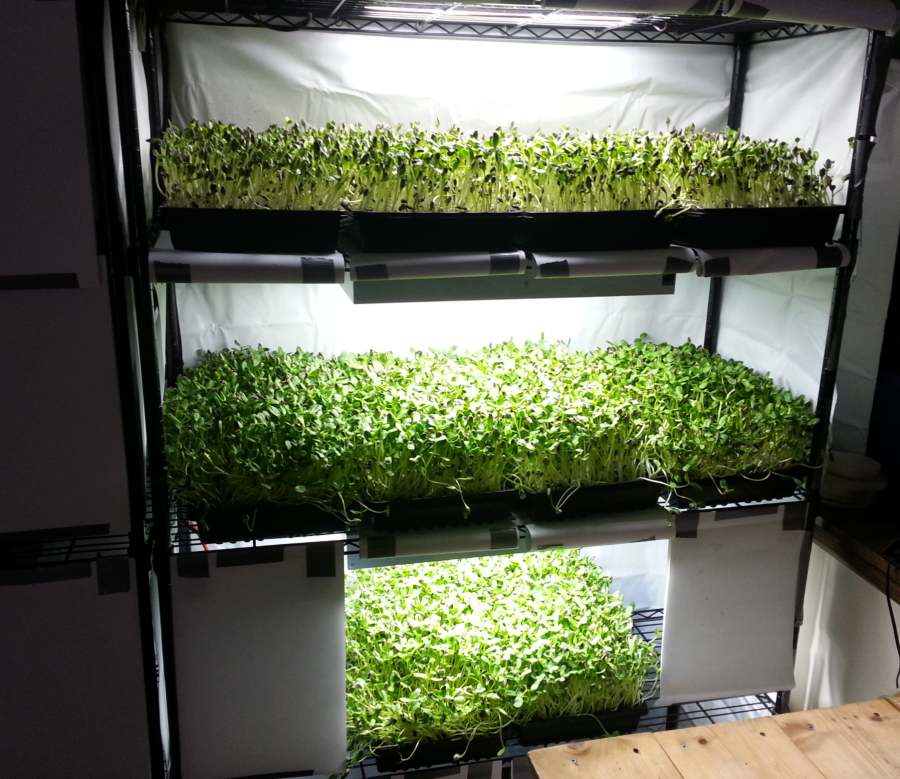
All you need to grow your own microgreens is a shallow tray of soil and the seeds themselves. You can buy seeds designed for growing microgreens at garden centers or through seed catalogs.
Store-bought microgreens have a very short shelf life. So growing your own microgreens ensures that you will always have succulent greens.
Sow the seeds and remember to keep the soil slightly moist all the time. In just a few weeks you will be able to add home-grown microgreens to your dishes.
Video: Beginners Guide to Growing Microgreens
Read more articles:
Burdock root – What you need to know about the properties of the healing plant
Goji Berries – Useful properties and Rules of Use
Valerian root is an effective way to reduce stress and treat insomnia

